
|
|
|
|
|
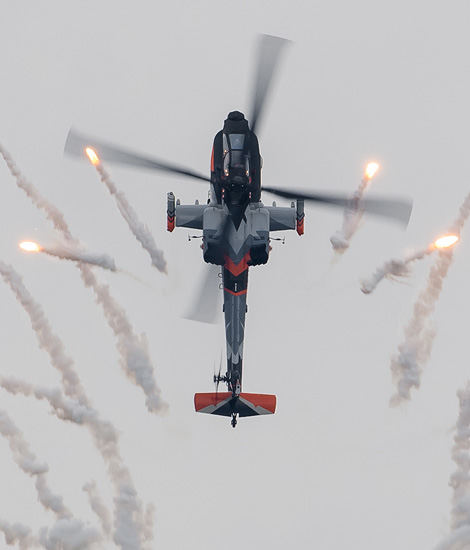
|
The Royal Netherlands Air Force; Volkel, June 12 – 17, 2013
100 Years of Military Aviation, part 6; Text and Photograph's by Alex van Noye
The modern Royal Netherlands Air Force is a company which is using modern aircraft and helicopters. The Royal Netherlands Air Force operates 24 hours a day airpower in the Netherlands and abroad. The air force will shrink drastically in the nearby future to a compact and flexible air force able to perform its job very well.
The Royal Netherlands Air Force is nowadays a modern company which is able to supply Air Power worldwide in an international cooperation with the NATO partners. Air Power is not only a show of force with modern aircraft and helicopters. Delivering Air Power is also using motivated and well-trained personnel on all fronts of the Air Force organization. The basic flight training is provided at no 131 Squadron at Woensdrecht airbase where the unit has 13 PC-7 Turbo Trainer training aircraft available. The pilots who are selected to become an F-16 pilot are going to the United States for their training. When they finished their basic training on the T-38 Talon, they go to the Dutch F-16 Training Detachment at Springfield Air National Guard Base, Arizona. After this training, the pilots become operational on the F-16 Fighting Falcon at the no 322 and no 323 Squadron at Leeuwarden airbase or with the no 312 and no 313 Squadron at Volkel airbase. The pilots of the helicopters go after their training at Fort Rucker in the United States to Gilze-Rijen airbase or to naval Air Station De-Kooy in Den-Helder. The units at Gilze-Rijen are; the no 298 Squadron with 17 CH-47D/F Chinook helicopters, the no 300 Squadrons with 8 AS532 Cougar transport helicopters and 4 SE3160 Allouette III transport helicopter and the no 301 Squadron with 29 AH-64D Apache attack helicopters. The units at De-Kooy in Den-Helder are the no 7 Squadron and the no 860 Squadron which both are equipped with in total 12 NH90 NFH transport helicopters. Finally, the transport fleet is based at Eindhoven airbase and consists of 4 C-130 Hercules transport aircraft, 1 Gulfstream IV business jet and 3 (K)DC-10 tanker-transport aircraft and are assigned to the no 334 and no 336 Squadron.
The most recent broadcast of the command air forces was the deployment to Afghanistan. Since 2001, the Royal Netherlands Air Force in deployed in this country. The task of the air force there is to protect the Dutch ground forces and its coalition partners in the Afghan province of Uruzgan. The Air Task Force (ATF) consisted of 6
|
|

|
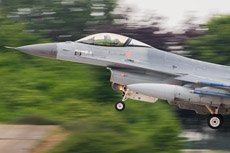
|
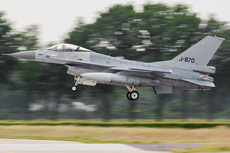
|
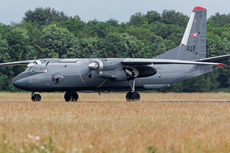
|
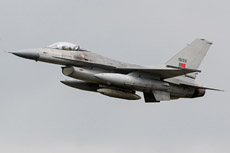
|
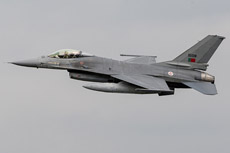
|
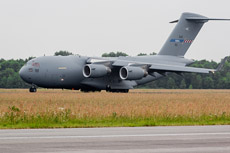
|

|
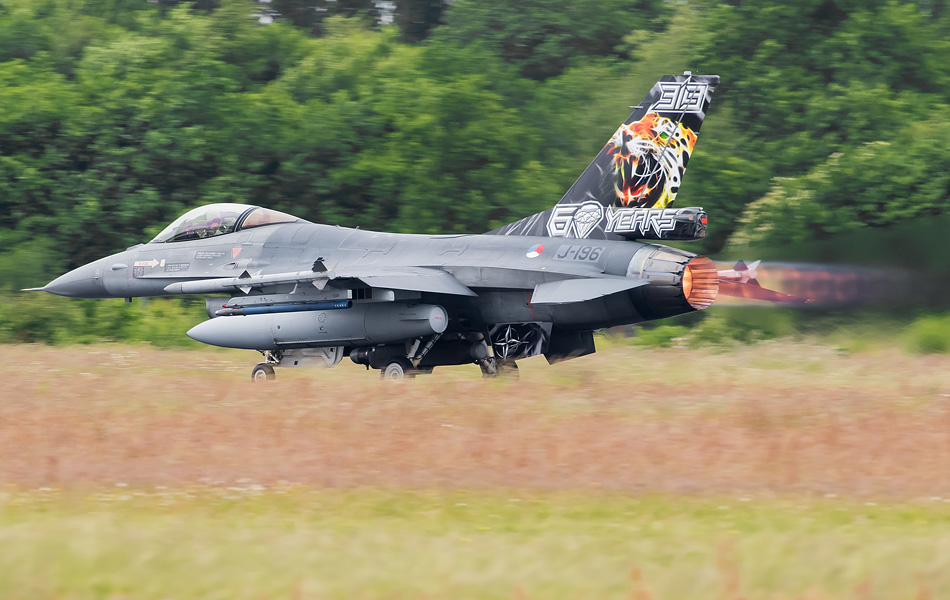
|
F-16 fighter aircraft and a number of Apache attack helicopters which operated from Kandahar airbase. The F-16s were delivered on rotation basis by the units of Leeuwarden airbase and Volkel airbase and until 2005 also Twenthe airbase. The fighters were regularly used and were over the years involved in numerous bombings of Taliban targets in the region. The Apaches of Gilze-Rijen airbase were regularly deployed for the defense of the coalition parties. The Apaches in Uruzgan were daily used for the escort of the Chinook and Cougar transport helicopters. These helicopters made daily supply flights to the soldiers in Camp Holland. Even after the withdrawal of the ground forces, the F-16s were available in the region from Mazar-e-Sharif airbase. The Dutch F16s were deployed to protect the police training mission in Kunduz from June 2013. The aircraft remain after July 2013, in active service in the region until the end of the police training mission as support for the ISAF troops. In total, there were 2 Chinooks, 1 Apache and 1 F-16 lost in Afghanistan due to accidents.
The role of the Royal Netherlands Air Force has changed considerably over the years. Partly due to the massive cutbacks which took place in the Netherlands, there is chosen for a compact and flexible Air Force in the upcoming years. Minister Hans Hillen has made the announcement in 2010 that more than 10,000 jobs would be lost in the Dutch defense. A number of rigorous cutbacks were almost immediately reflected in the Air Force. As of April 8, the no 311 Squadron was disbanded at Volkel airbase and the 19 F-16s from this unit were placed in storage immediately. The aircraft will be sold in the future. In 2013, interest in these aircraft was shown by Jordan; they want to sell these planes. The helicopter fleet was hit hard at the same date, because the no 300 Squadron would be disbanded and the AS532 Cougar would be phased out. This decision was partly reversed, because without the Cougar the Royal Netherlands Air Force is not able to perform their minimum national tasks. In addition to these cutbacks, it was also decided to sell the third DC-10 of the no 334 Squadron at Eindhoven airbase. In early 2013 it was also decided to sell the Gulfstream IV and the 2 Fokker 50 transport aircraft of the no 334 Squadron. These aircraft became obsolete since the introduction of 2 new C-130 Hercules transport aircraft. Also the Guided Missile Group at the Peel need to reject 2 Object Ground Defense Platoons (OGRV) and 1 Patriot weapon system.
The Netherlands is one of the countries which are member of a partnership for the development of the Joint Strike Fighter (JSF). The JSF will be the successor to the outdated F-16. The JSF is an advanced multirole aircraft. At this time, the Air Force has 2 JSF aircraft in service participating in the JSF test program in the United States. In 2002, the contract for the development of the JSF was signed and was assumed on 138 aircraft. Now more than 10 years later, this number was brought back to just 35 aircraft due to the financial problems in the program and several defense cutbacks. The Air Force currently has a fleet of 68 F-16s spread over Leeuwarden airbase and Volkel airbase. There are also a number of aircraft based in Arizona, USA. These aircraft are part of the Dutch training wing for the training of pilots. The F-16 fleet consisted of 213 planes a long time ago. Through the years, 138 aircraft were updated to the MLU standard and 70 aircraft were sold to Jordan and Chile. In the defense budget of 2014 the choice was made for the Lockheed Martin F-35 “Lightning II” as a successor of the F-16. Only 37 aircraft will be bought according to the plans from 2019. By reducing the number of operational F-16s, the number of F-16 squadrons will be reduced in the near future from 4 to 3 squadrons (2 at Volkel airbase and 1 at Leeuwarden airbase). As a result of this cut, Leeuwarden will be reduced from Main Operating Base (MOB) to Deployed Operating Base (DOB).
|
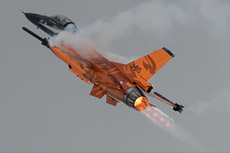
|
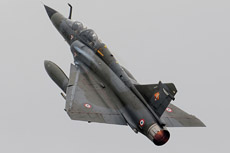
|
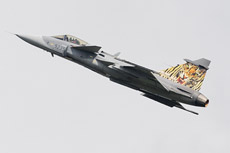
|
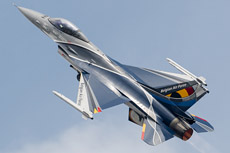
|
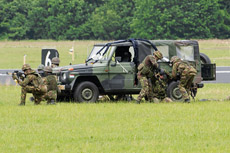
|
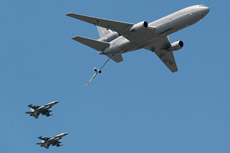
|
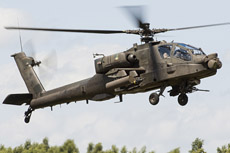
|

|
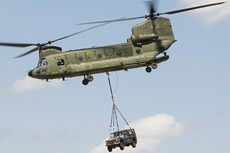
|
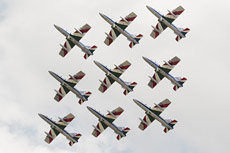
|
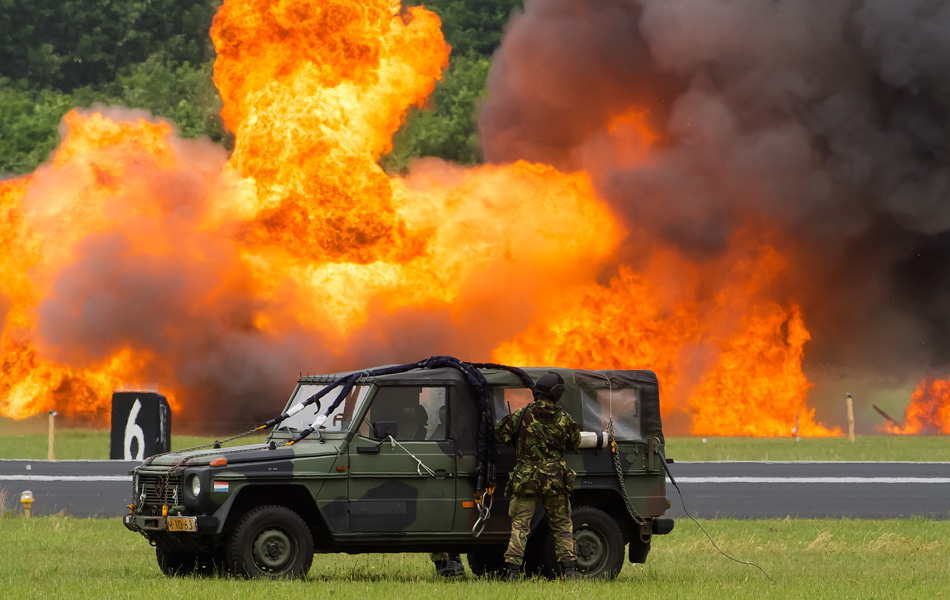
|
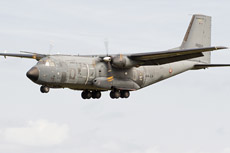
|

|
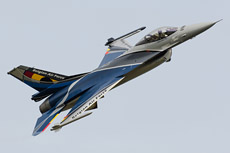
|
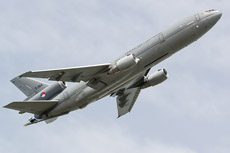
|
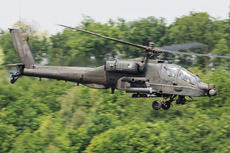
|
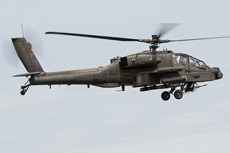
|
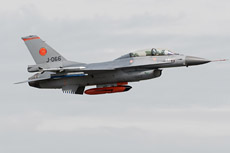
|
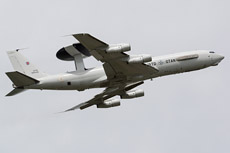
|
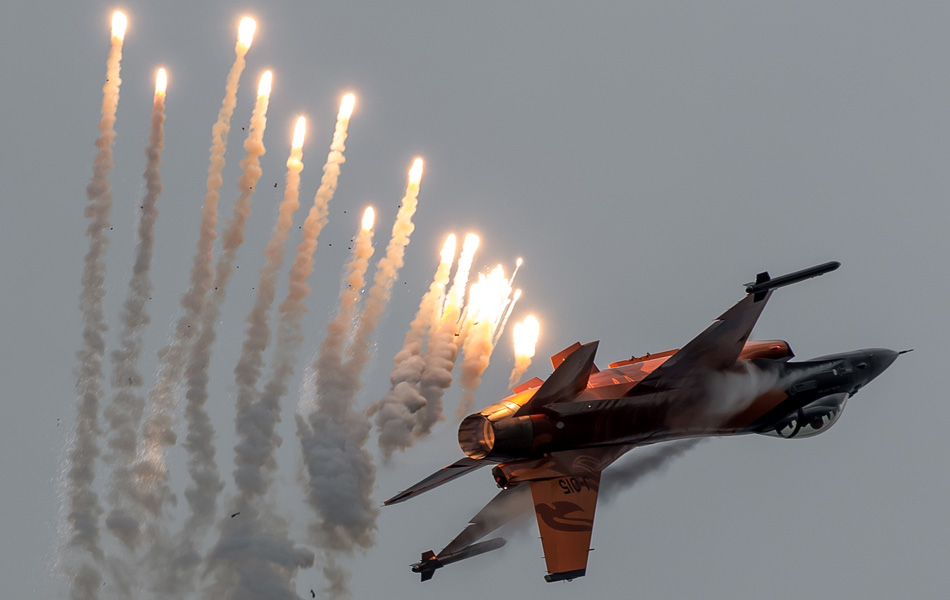
|
|
|

|







